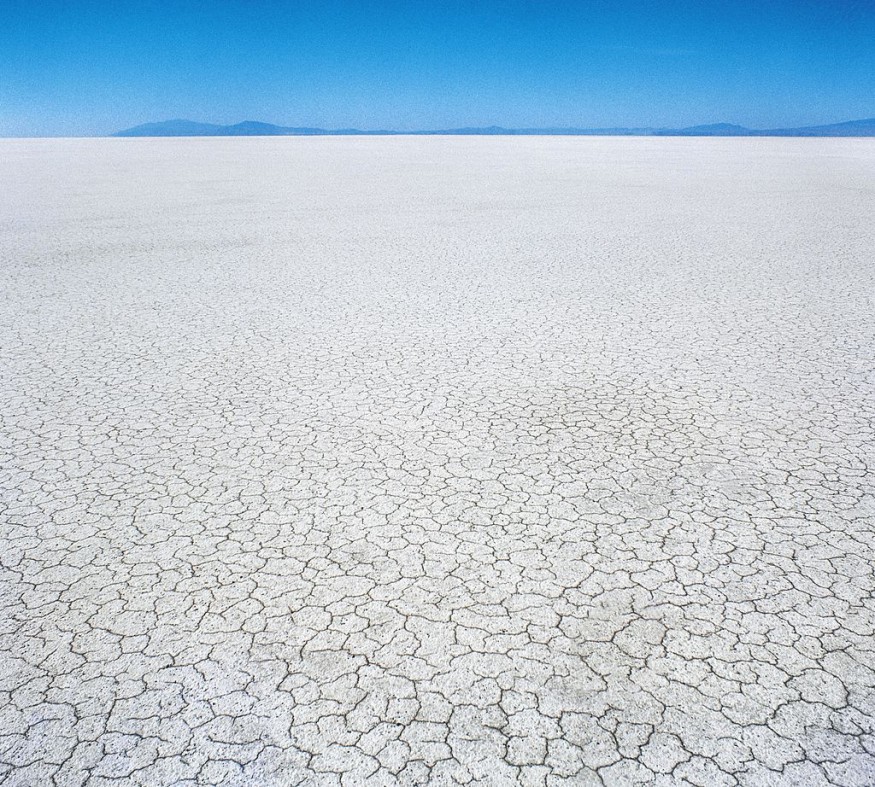Here's what will happen if the Great Salt Lake, which has already decreased by two-thirds, continues to dry up:

The lake's flies and brine shrimp would die out - scientists say it could happen as early as this summer - posing a hazard to the 10 million migrating birds who visit the lake every year to dine on the small animals. Ski conditions would deteriorate in areas above Salt Lake City, a major source of revenue. The lake's profitable magnesium and other mineral exploitation may end.
The air around Salt Lake City would periodically turn toxic, which was particularly concerning. Wind storms bring significant quantities of arsenic from the lake bed into the lungs of adjacent individuals, who make up three-quarters of Utah's population.
Environmental Nuclear Bomb
Joel Ferry, a Republican state legislator and rancher on the north side of the lake, stated, "We have this potential environmental nuclear bomb that's going to go off unless we take some fairly drastic action."
There are no easy fixes as climate change continues to generate record-breaking droughts. To save the Great Salt Lake, more snowfall from the mountains would have to flow into the lake, which would imply less water for inhabitants and farmers. That would jeopardize the region's rapid population expansion and high-value agriculture, which state officials are hesitant to undertake.
As the country warms up, Utah's problem poses a key question: how quickly are Americans willing to adjust to the repercussions of climate change, even as they become urgent, evident, and even catastrophic?
According to Timothy D. Hawkes, a Republican legislator who favors more forceful action, the stakes are disturbingly high. Otherwise, he claims, the Great Salt Lake would suffer the same fate as California's Owens Lake, which dried up decades ago, causing the country's highest levels of dust pollution and turning a neighboring hamlet into a ghost town.
"This isn't simply scaremongering," he said of the lake's disappearance. "It's quite possible."
Spreading Drought
Assume you stepped into a car at the Pacific's edge and began driving east, following a line across the United States. You'd reach the Great Basin Desert of Nevada and western Utah after passing the verdant and lush Klamath and Cascade mountains in Northern California. The terrain is one of America's driest regions is a dull brown that borders on gray.
Continue east, and just shy of Wyoming, you'll discover a contemporary oasis: a 100-mile-long ribbon of green, home to a continuous metropolis amid snow-capped mountains shielded by maple and pear trees. The Great Salt Lake sits on the edge of that oasis, between the city and the desert.
The Wasatch Front is named after the 12,000-foot Wasatch Range that rises above it. It's one of the fastest-growing urban regions in America, stretching roughly from Provo in the south to Brigham City in the north, with Salt Lake City at its heart. It's home to 2.5 million people, lured by the natural beauty and low cost of living.
A little hydrological miracle has made that megacity conceivable. Snowfall in the mountains east of Salt Lake City feeds three rivers: the Jordan, Weber, and Bear, which supply water to the Wasatch Front's cities and towns, as well as the fertile farmland nearby, before draining into the Great Salt Lake.
That hydrological system was in a fragile equilibrium until recently. The lake would evaporate approximately two feet in the summer, and the rivers would replenish it in the spring when the snowfall melted.
Two recent adjustments have thrown the system off balance. One factor is the rapid population increase, which causes more water to be diverted from those rivers before reaching the lake.
Climate Change and Global Temperature

According to Robert Gillies, a professor at Utah State University and Utah's state climatologist, the other shift is climate change. Higher temperatures cause more snowfall to convert to water vapor, which escapes into the sky instead of becoming liquid and flowing into rivers. More heat implies more demand for water for lawns and crops, limiting the quantity that reaches the lake even further.
A diminishing lake also implies less snowfall. Storms suck part of the moisture from the Great Salt Lake, which subsequently falls as snow in the mountains. A disappearing lake jeopardizes that pattern.
"If you don't have water, you don't have industry; you don't have agriculture, you don't have life," Dr. Gillies explained.
The water level in the Great Salt Lake fell to its lowest point on record last summer, and it's expected to drop even more this year. According to the USGS, the lake's surface size has fallen from roughly 3,300 square miles in the late 1980s to fewer than 1,000 square miles. Geographical Survey
According to Bonnie Baxter, a biology professor at Westminster College, the salt level in the area of the lake nearest to Salt Lake City used to range between 9 and 12 percent. However, when the lake's water level declines, the salt content rises. The algae in the water will struggle if it reaches 17 percent, which Dr. Baxter predicts will happen this summer, endangering the brine shrimp that eat it.
"We're at the edge," Dr. Baxter remarked, adding that the ecology hasn't yet collapsed. It's frightening."
Worse is Yet to Come
The long-term dangers are significantly worse. Kevin Perry, an atmospheric sciences professor at the University of Utah, went out onto the ground that had previously been submerged one morning in March. He plucked at the dirt, the color of dried mud, and looked like a beach where the tide had gone out and never returned.
Related Article : Western Drought Dries Up Utah's Great Salt Lake Leaving it on "Critically Dire" State
For more environmental news, don't forget to follow Nature World News!
© 2026 NatureWorldNews.com All rights reserved. Do not reproduce without permission.





